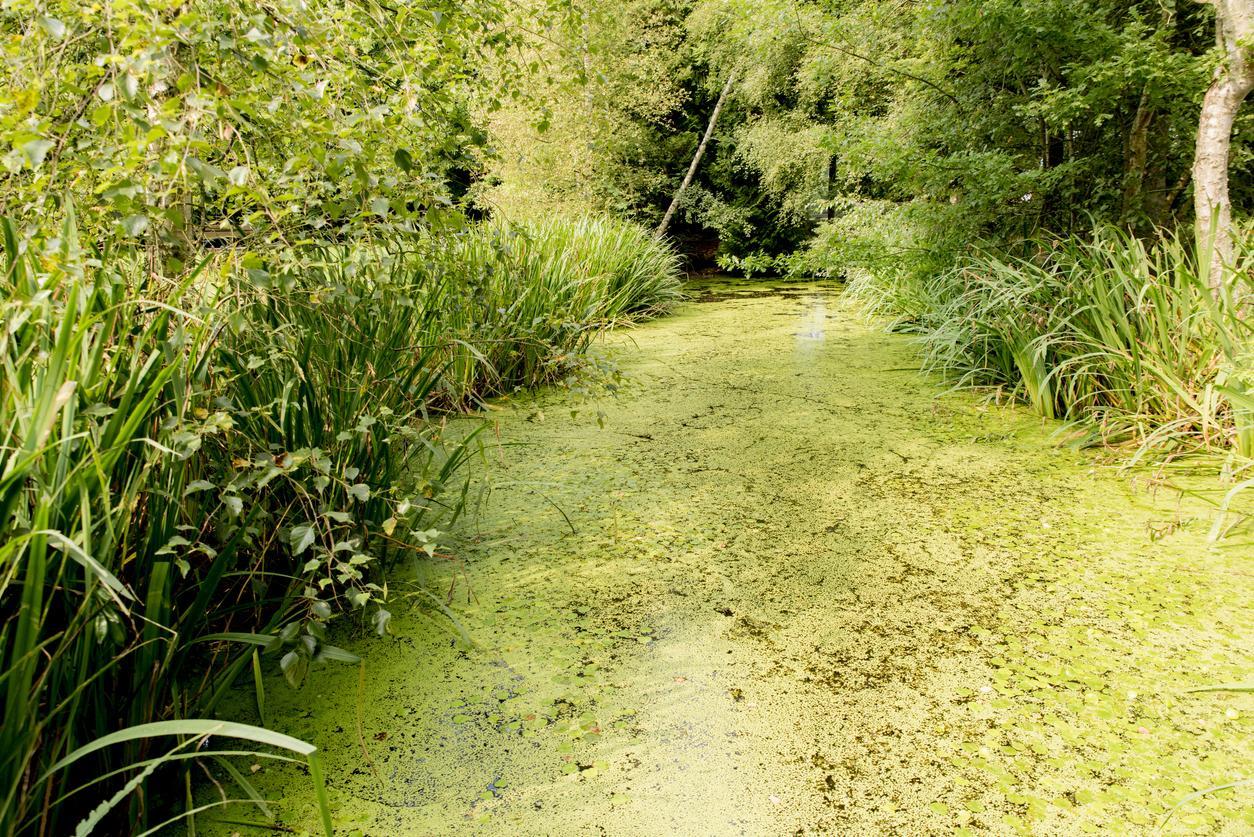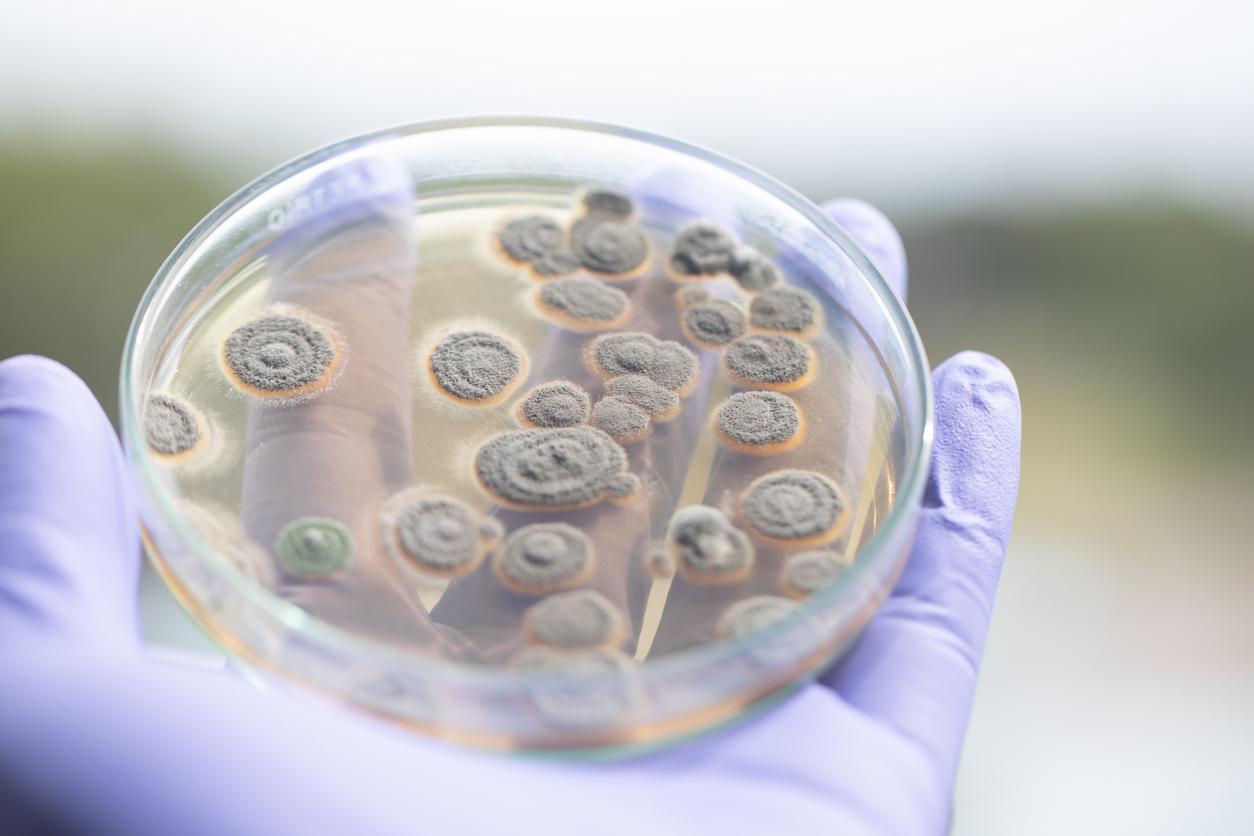What Is the Goal of Bioremediation?


Bioremediation is a form of environmental recovery which involves the use of biological agents. Ecosystems often exist in a delicate balance. One of the biggest threats to upsetting this balance is human industry. Industrial manufacture, the building of infrastructure, farming and other process release pollutants into the environment. These pollutants can be difficult to remove, with attempts to do so often being problematic in their own right. Bioremediation is a strategy which is designed to help environments recover from damage by pollution. Doing so can help re-establish their balance to the benefit of the individual ecosystem and the rest of the world.
At thedailyECO, we learn more about this process by asking what is the goal of bioremediation? In addition to providing a definition of this process, we look at examples of bioremediation being employed in various ecosystems.
What is the goal of bioremediation?
To understand the goal of this process, we first need to know what is bioremediation? Bioremediation is a process of environmental recovery from pollutants which uses biological material to do so. These pollutants an be removed from the earth, water or other natural materials, but it can also be used at the source of the pollution. For example, waste gases emitted by various industrial factories can use preemptive bioremediation to remove pollutants.
In this way, we can see bioremediation as a form of biotechnology. Specifically, it is a biotechnology with the main goal of removing pollutants from environments. In biotechnology, living organisms are used in processes as replacements for artificial technologies which can be more harmful for the environment. This harm can be as a result of their use or their manufacture.
With bioremediation, certain organisms are chosen according to their qualities to immobilize, mineralize or degrade contaminating compounds and special attention is paid to the use of enzymes. Generally, the organisms most used in bioremediation processes are bacteria, fungi and plants. Sometimes, organisms are genetically modified so that their qualities are closer to those necessary for bioremediation.
Although the main goal of bioremediation is the removal of pollutants from ecosystems, this is a goal shared by other methods of improving types of environmental degradation. Specifically, the goal of bioremediation is to remove pollutants with the use of biological agents in more sustainable way. Removing pollutants and contaminants with biological processes can also be much more cost effective and provide better results over the long term.
Discover more about using natural organisms for industrial purposes with our article on what is green biotechnology?
Types of bioremediation
While the main goal of bioremediation explained above remains the same, it is not a monolithic process. There are different types of bioremediation characterized by the strategies, locations and biological agents used. These types of bioremediation are detailed below:
According to bioremediation strategy
- Biostimulation: this type of bioremediation strategy takes advantage of the characteristics and behaviors of organisms that are already in the organic material being treated. It seeks to adapt the environmental conditions to enhance their development and the consequent degradation of contaminants. Biostimulation consists of incorporating nutrients or modifying environmental variables such as the pH of the soil or water.
- Bioaugmentation: this bioremediation strategy involves the incorporation of organisms which have the capacity to degrade the compounds into a contaminated environment. In this way we can try to optimize the remediation process.
Depending on where the bioremediation is performed
- In situ bioremediation: in situ bioremediation techniques are those that are carried out in the same place as the pollutant or contaminant we are trying to remove, without the need to move the substrate. It is generally used when there is a very large volume of water or soil involved in the contamination.
- Ex situ bioremediation: these bioremediation techniques extract contaminants from water or soil to be treated in specific facilities for that purpose. Unlike the in situ bioremediation, this technique is used for small volumes of material.
According to the organisms used for bioremediation
- Enzymatic degradation: this technique refers to the exclusive use of enzymes to remediate a contaminated environment.
- Microbial bioremediation: refers to the use of bacteria and fungi to remediate the contaminated site. Species are sought that are capable of metabolizing contaminating compounds to remove the pollutants.
- Phytoremediation: this type of bioremediation is carried out exclusively by plants. There are several types of phytoremediation depending on the characteristics of the plant organism. Some are capable of degrading the compounds, others of immobilizing them in their leaves, among other techniques.

Examples of bioremediation
Bioremediation is generally used to recover environments that have been contaminated by hydrocarbons. Examples of material containing hydrocarbons include oil, pesticides, heavy metals, various types of industrial waste and many more. With this in mind, we can look at the ways in which the goals of bioremediation can be achieved by providing examples of the bioagents used:
- Plants: the presence of heavy metals in water and soil causes severe impacts on health. Plants are capable of extracting heavy metals from substrates through the process of adsorption. As an example of plant species used for the remediation of environments contaminated with heavy metals, we can mention Thlaspi caerulescens which adsorbs cadmium and Chrysopogon zizanioides which adsorbs zinc and lead.
- Fungi: the use of fungus species such as Pycnoporus sanguineus can also be very efficient in adsorption of heavy metals in aqueous solution, particularly lead, cadmium and copper. Additionally, this fungal species could be used for soil bioremediation, specifically for soils contaminated with oil spills. This is because it is capable of growing on this compound and tolerating high temperatures.
- Other organisms: continuing with the examples of microorganisms used in bioremediation, cyanobacteria and green algae present favorable characteristics to be used as hydrocarbon biodegraders. Studies have demonstrated the ability of cyanobacteria belonging to the Spirulina genus to degrade specific petroleum compounds. This can be useful for problems such as removing plastics from the ocean.
To gain a better understanding of how these microorganisms work, you can take a look at our article on what is cyanobacteria in biology?
Advantages and disadvantages of bioremediation
We have already explained that the goal of bioremediation is to aid natural ecosystems by removing contaminants and pollutants from the environment. It is to be done with the aim of sustainability in mind, since other technologies designed to do the same can be less efficient or problematic in other ways. For this reason, we look at the advantages and disadvantages of using bioremediation to improve environmental quality:
Advantages of bioremediation
- It is more economical compared to other physical-chemical treatments.
- They often involve simple techniques that do not require the use of advanced technology to implement.
- It uses minimally invasive technology, so it does not generate waste and is consequently friendly to the environment.
- Demands little energy which also improves sustainability.
- It can be used as a complement to other techniques for environmental improvement.
Disadvantages of bioremediation
- Unlike other treatments, bioremediation requires longer periods of time to achieve expected results.
- It is difficult to predict the complete outcome of the treatment.
- Pollutants cannot be completely eliminated, a minimal fraction always remains in the environment.
- It is not always a feasible process when contaminant concentrations are very high.
Discover more about a type of fungus which can be used in bioremediation with our article on what are basidiomycetes fungi?
If you want to read similar articles to What Is the Goal of Bioremediation?, we recommend you visit our Environmental technology category.
- Calderon-Díaz, I., Trujillo-Tapia, M. N., & Ramírez-Fuentes, E. (2014). Cyanobacteria that eat oil? Science and Sea, 22(54), 47-52.
- Cortón, E., & Viale, A. (2006). Solving big environmental problems with the help of little friends: bioremediation techniques. Ecosystems, 15(3).
- Rojas, E. H. G. (2011). Concept and strategies of bioremediation. INGE@ UAN-Trends in Engineering, 1(2).






